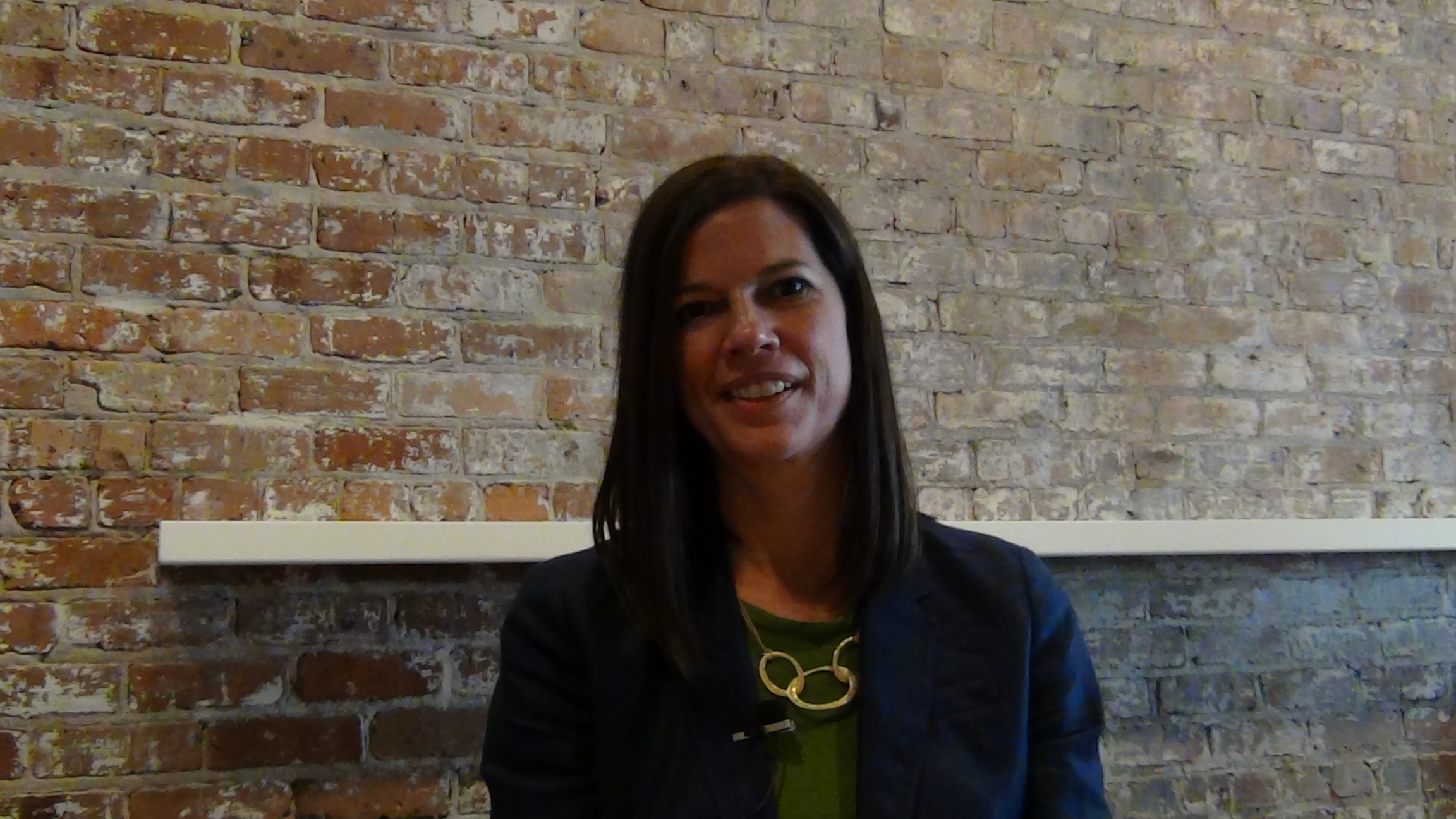NAREE Special Report: Design Matters
As the huge Baby Boomer employee population is slowly replaced by the Millennial cohort, corporations will be challenged to attract talent. And for this finicky generational group, atmosphere counts.
By Suzann D. Silverman, Editorial Director
As the huge Baby Boomer employee population is slowly replaced by the much smaller — though by no means small — Millennial cohort, corporations will be challenged to attract talent. And for this finicky generational group, atmosphere counts. Architects and investors on the panel “Design Trends: Creative Office Space for the Millennial Generation” at the 50th annual National Association of Real Estate Editors Real Estate Journalism Conference offered their insights into what’s working—and what’s new.
The statistics are sobering: For every two Baby Boomers in the workplace, there is just one Millennial, according to Bryan Berthold, senior managing director of workplace strategy at Cushman & Wakefield Inc. “So they’re controlling you.” That means it’s all the more important to focus on the people that work in your offices, not just what they produce for the company, affirmed Kim Rousseau, principal of Cooper Carry.
While Millennials tend to blur the lines between work and their personal lives, however, a more attractive work environment shouldn’t necessarily emphasize the opportunity to play in the office, as was popular among technology firms during the dot-com boom. In fact, Cooper Carry found with law firm client Kilpatrick Townsend, the younger generation rejected pool tables in the office. They still wanted opportunities to relax, Rousseau noted, but they preferred a more work-oriented environment.
Rousseau and Manuel Navarro, design director for Ziegler Cooper Architects, each offered a list of four areas their firms have identified as critical to address in today’s office environments.
For Cooper Carry, they include:
- Community: Both private places to focus on individual work and a variety of venues for group collaboration—but not just within the office. “Also, can you connect outside?” Rousseau noted.
- Wellbeing: Replacing wellness, which focused on fitness, is a new emphasis on the sense of belonging. “Can you connect with the people you work for?” Rousseau queried. Cooper Carry has based its efforts in this area around Maslow’s Hierarchy of Needs.
- Hospitality: How to make people feel good about their experience at the company.
- Flexibility: The ability for the workplace to adapt in three stages, including the immediate ability to shift such things as furniture to accommodate different approaches to work, periodic change (every couple of months) and in the longer term.
For Ziegler Cooper, the list includes providing:
- Autonomy: Giving employees control over what they work on and where, providing the amenities they need.
- Connection: Having a place for networking.
- Transparency: Opportunities to pass on information. For instance, more experienced workers are sharing offices with younger-generation workers to encourage the passing on of knowledge, Navarro noted.
- Perks: Really good coffee. Don’t underestimate the value of the coffee shop vibe, he emphasized.
Within those categories are such growing—and to some degree returning—emphases as dog- and bike-friendly spaces, Navarro added, noting that property bike storage is not enough for the car-averse Millennial generation. They appreciate space provided by their own company, including a bike repair station. Also popular now is a transit screen in the lobby, offering information on bus and train schedules and Uber availability, Berthold added, while parking has become less of a focus.
Within the workplace, the emphasis has shifted from the “seeing is believing” mentality of older generation managers that needed to see their employees at work to “believing is seeing,” with an emphasis on trusting talented employees to get their work done wherever and however they are best able.
Location Matters
Location is also critical, as Millennials are tending to choose where they want to live and then seeking a job there, he added. That’s a concept investor Lionstone Investments has embraced for its $5 billion portfolio, according to CEO & Partner Jane Page. Her firm spends a significant amount of time performing research to identify “internationally competitive cities,” including those that attract productive people while at the same time allowing for limited supply of real estate.
Lionstone’s research includes such characteristics as rates of job and salary growth, income and education levels, and even such elements as a city’s level of global exports and patents per employee. It then maps identified cities and drills down to more specific submarkets that provide strong demographic and economic performance. Last year, Charlotte came off the list and Salt Lake City was added.
Of course, too much change to attract one group—no matter how large—can be dangerous. While Millennials are dominating many office environments, Gen Z is right behind them. And their preferences are quite different, Berthold cautioned. They tend to take a more traditionalist view, he observed. Having grown up in an environment of ongoing global warfare, terrorism and natural disasters, they are more serious and seek security.








You must be logged in to post a comment.